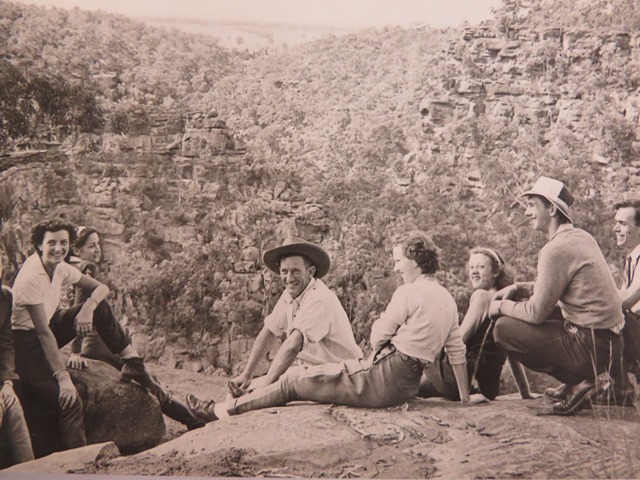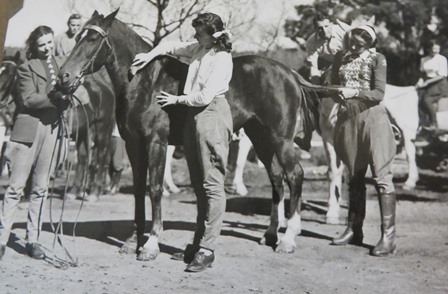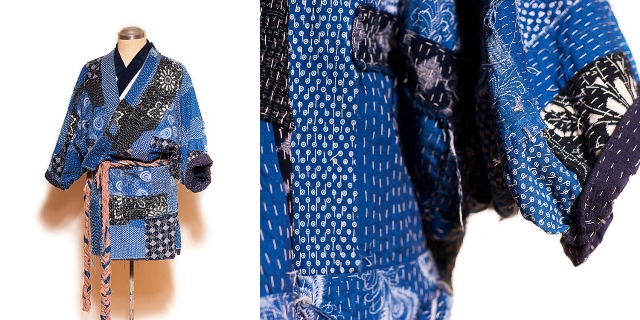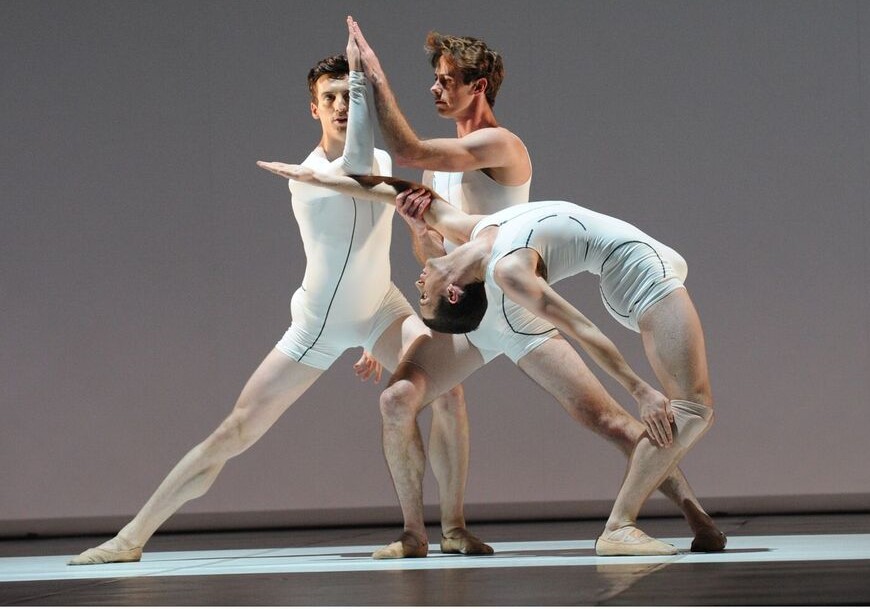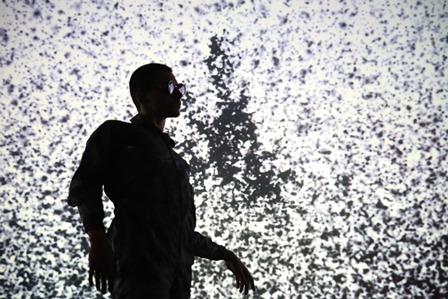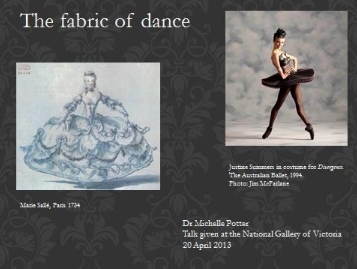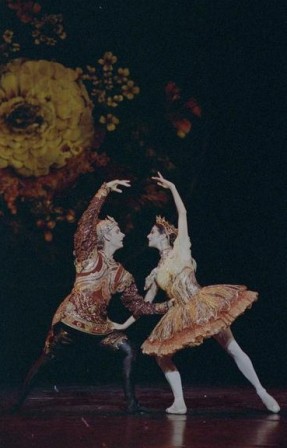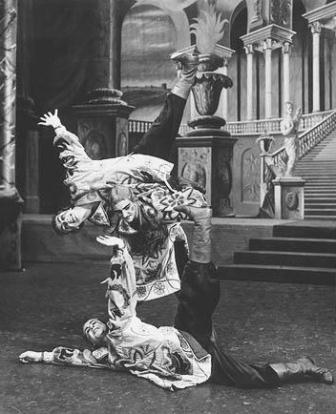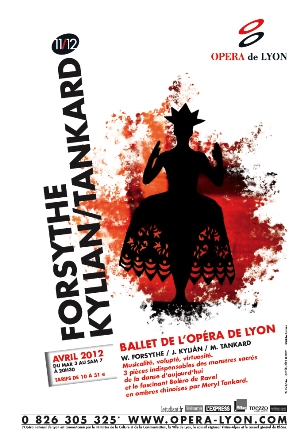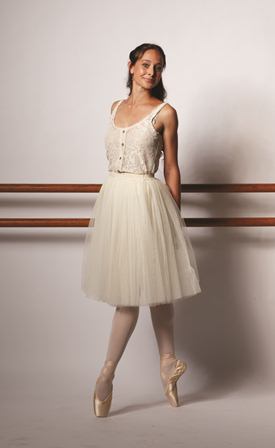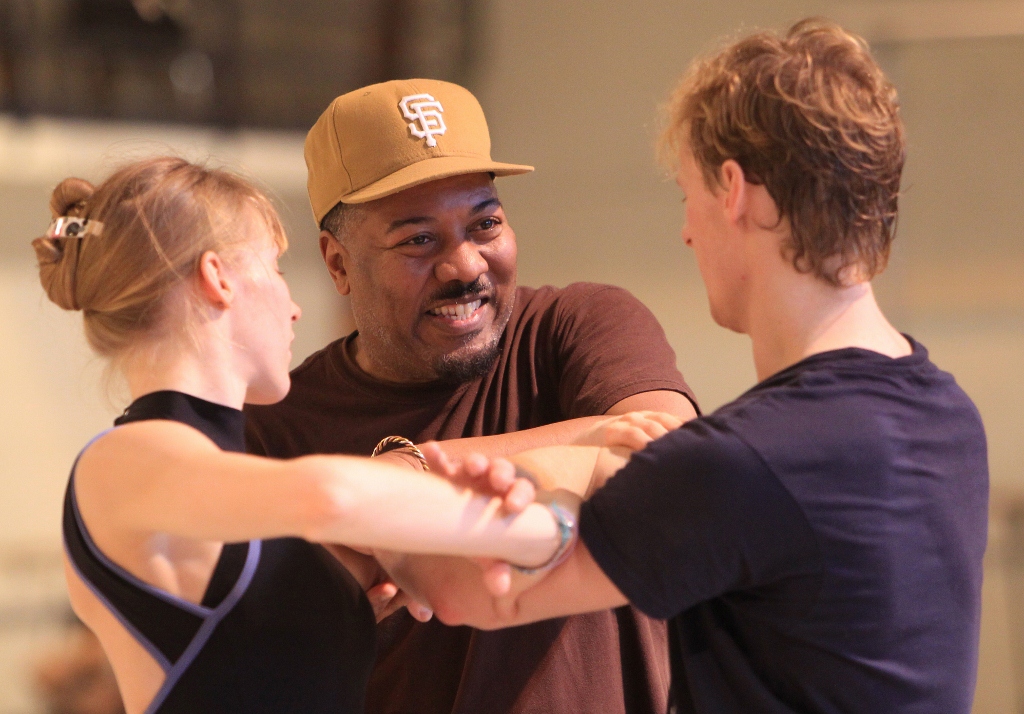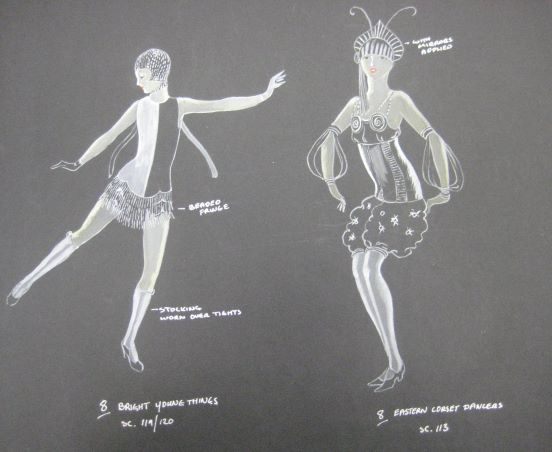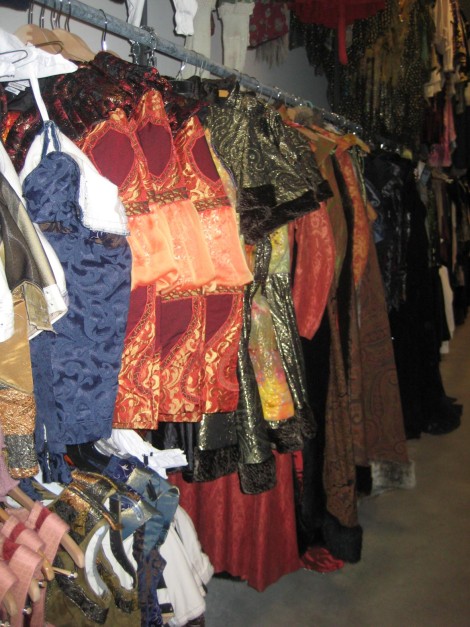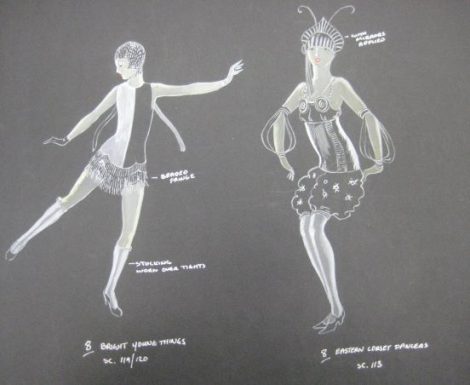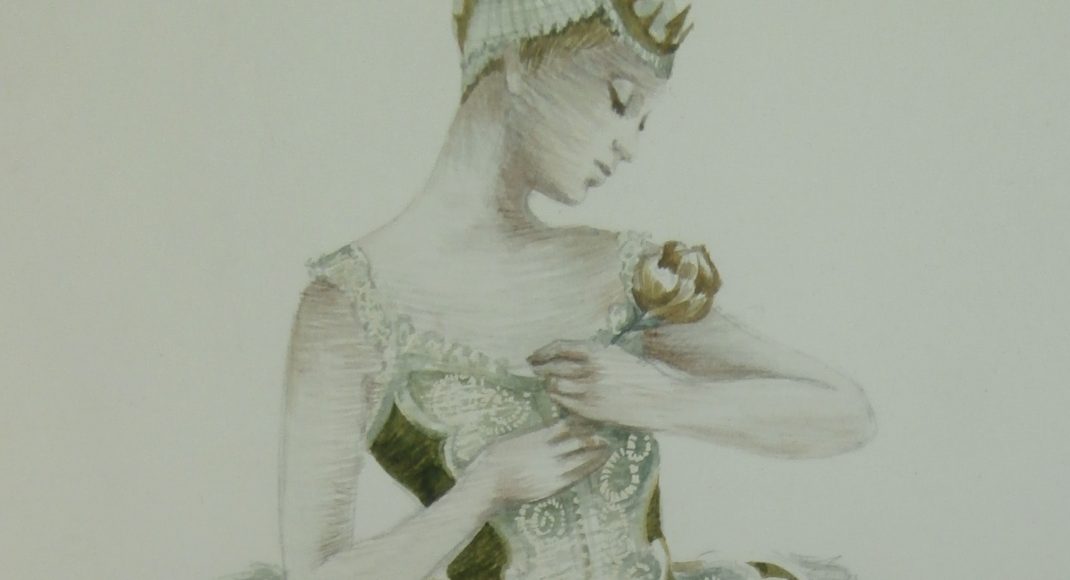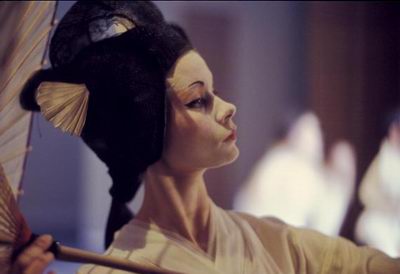- Kristian Fredrikson
Now that my book, Dame Maggie Scott: a life in dance, has been published, I have returned to my research into the life and art of Kristian Fredrikson. My article ‘Undercover designs’ will appear in the forthcoming issue (March 2015) of The National Library of Australia Magazine. The research behind this article reflects part of the work I did on the film Undercover (costume design by Kristian Fredrikson) while the recipient of a Scholars and Artists in Residence Fellowship at the National Film and Sound Archive in 2012. [Update: Here is the link to the article].
- Blonde Ambition at the National Portrait Gallery
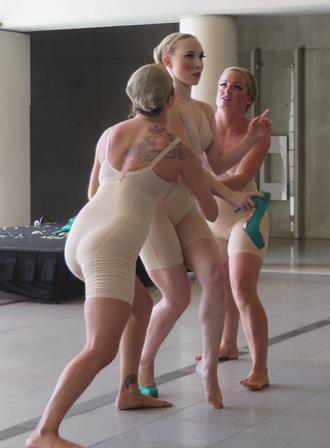
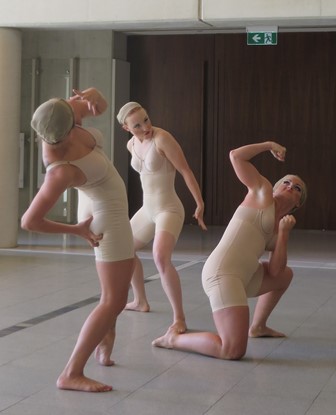
National institutions in Canberra often use dance in the public programs associated with their exhibitions. The National Portrait Gallery and the National Gallery of Australia, in particular, have been active lately. Most recently, Blonde Ambition, the female trio who investigate through dance the ideal of the feminine, appeared at the National Portrait Gallery for two shows on 28 February in conjunction with the exhibition In the Flesh.
Wearing their trademark, light-coloured, contemporary version of the corset, they showed us their choreographed poses, their attitude to physical activity, to eating, and a host of other areas in which women find themselves performing. They move well, this trio of women, and manage to inject a good dose of humour and smart social comment without it being overblown or too exaggerated. They performed to a collage of bird sounds, the clip clop of horses and a variety of songs interspersed with narrative. Bouquets.
- Harry Haythorne
Recently, while expanding on my obituary for Harry Haythorne for another purpose, I came across an article Haythorne had written in 2001 for a special Australian edition of the journal Choreography and dance: an international journal (volume 6, parts 2 and 3). This issue, which I had forgotten about until now I’m afraid, was edited by Meg Denton and focused on influences and trends in Australian dance. Haythorne’s article ‘How I became a dancer—Aussie style—in the 1930s’, is an exceptional account of Haythorne’s early training and childhood performances in Adelaide, and gives a good idea of terms that are no longer current, ‘fancy dancing’ and the like. Highly recommended.
- Press for February 2015 (Update May 2019: Online links to articles published prior to mid 2015 in The Canberra Times are no longer available)
‘Understanding the dance unlocks supreme equation.’ Review of Metasystems and Post phase: the summit is blue, The Canberra Times, 14 February 2015, ARTS, p. 20.
Michelle Potter, 28 February 2015
Featured image: Fabric samples for Kristian Fredrikson’s costumes for the film Undercover, from the article Undercover Designs.

All photos: © Michelle Potter
